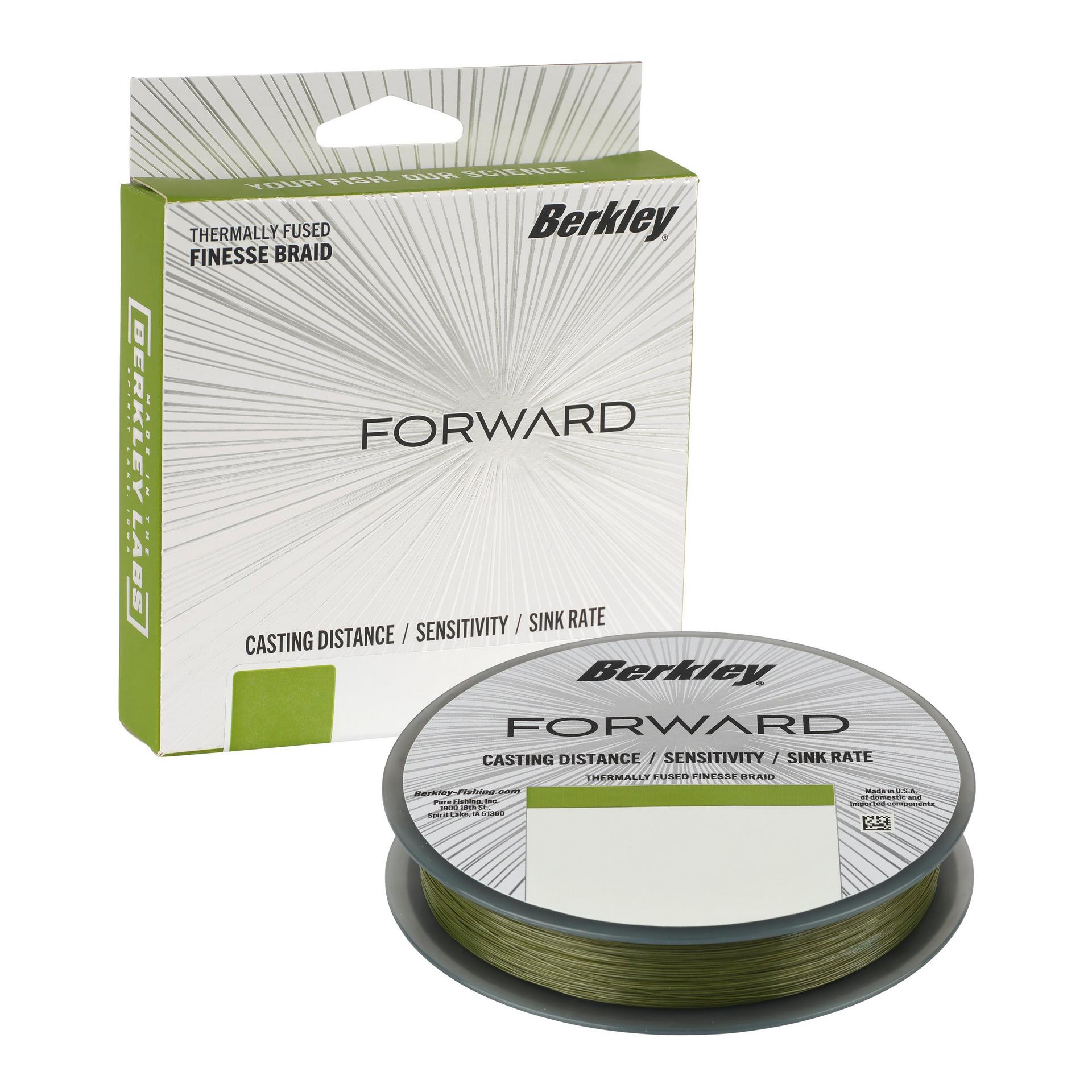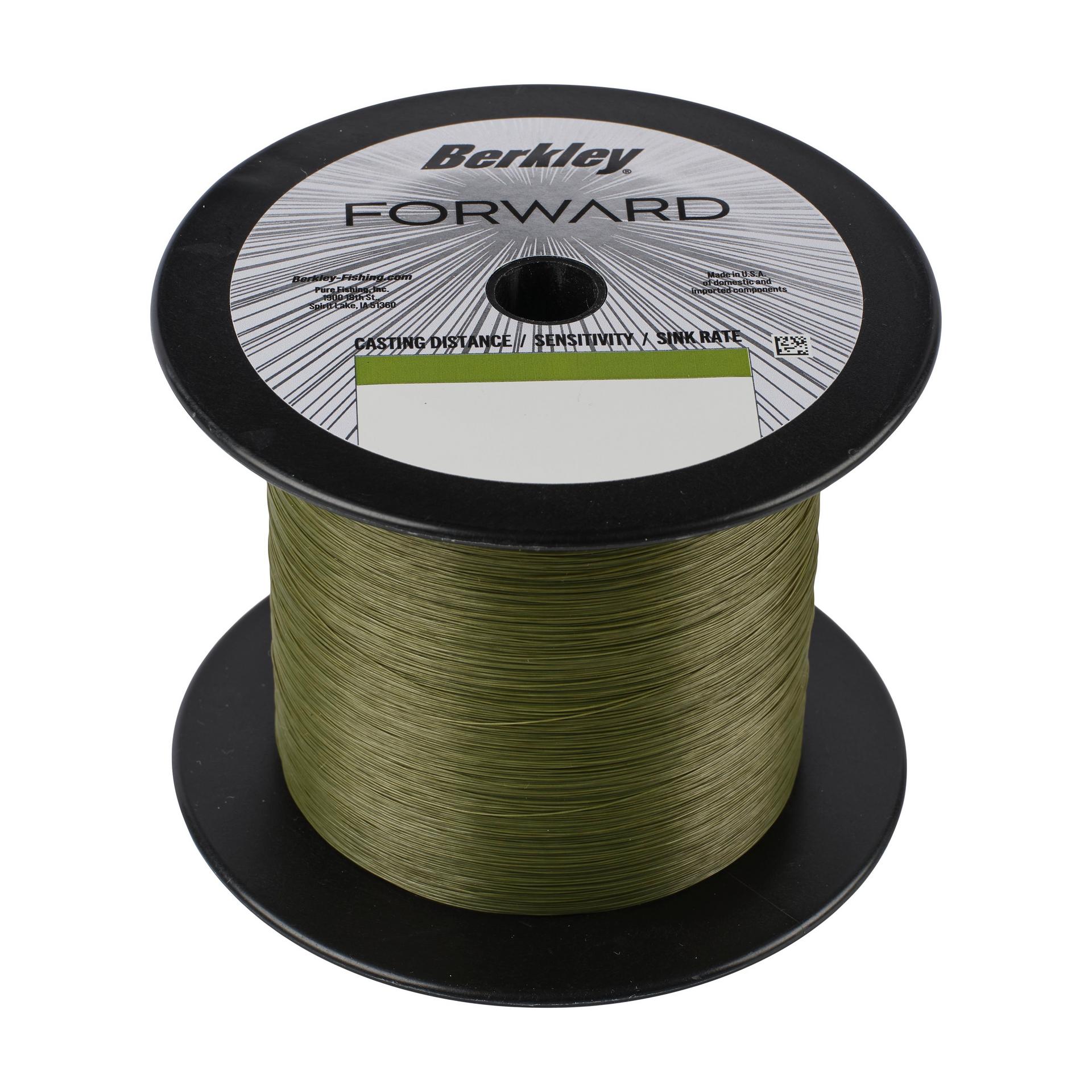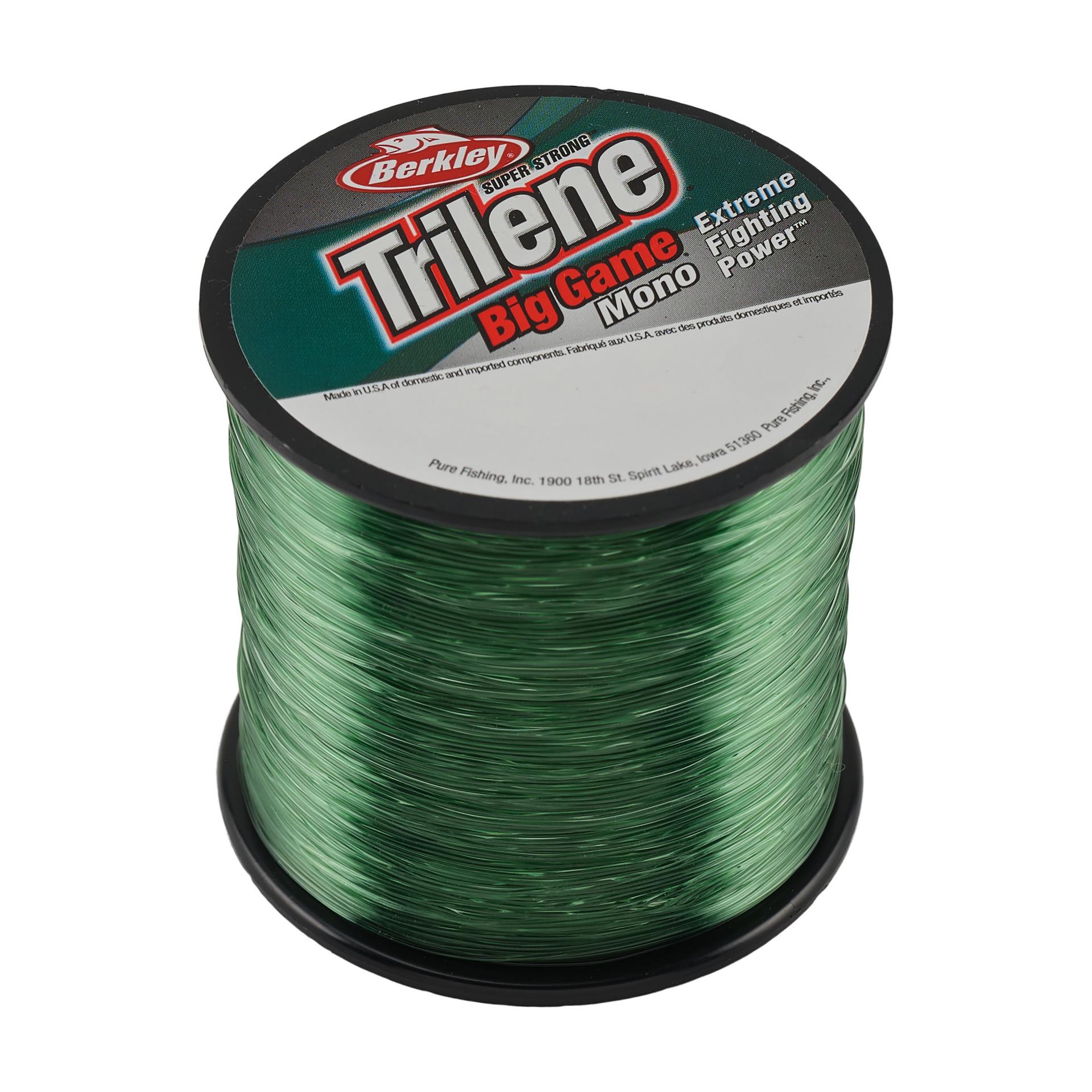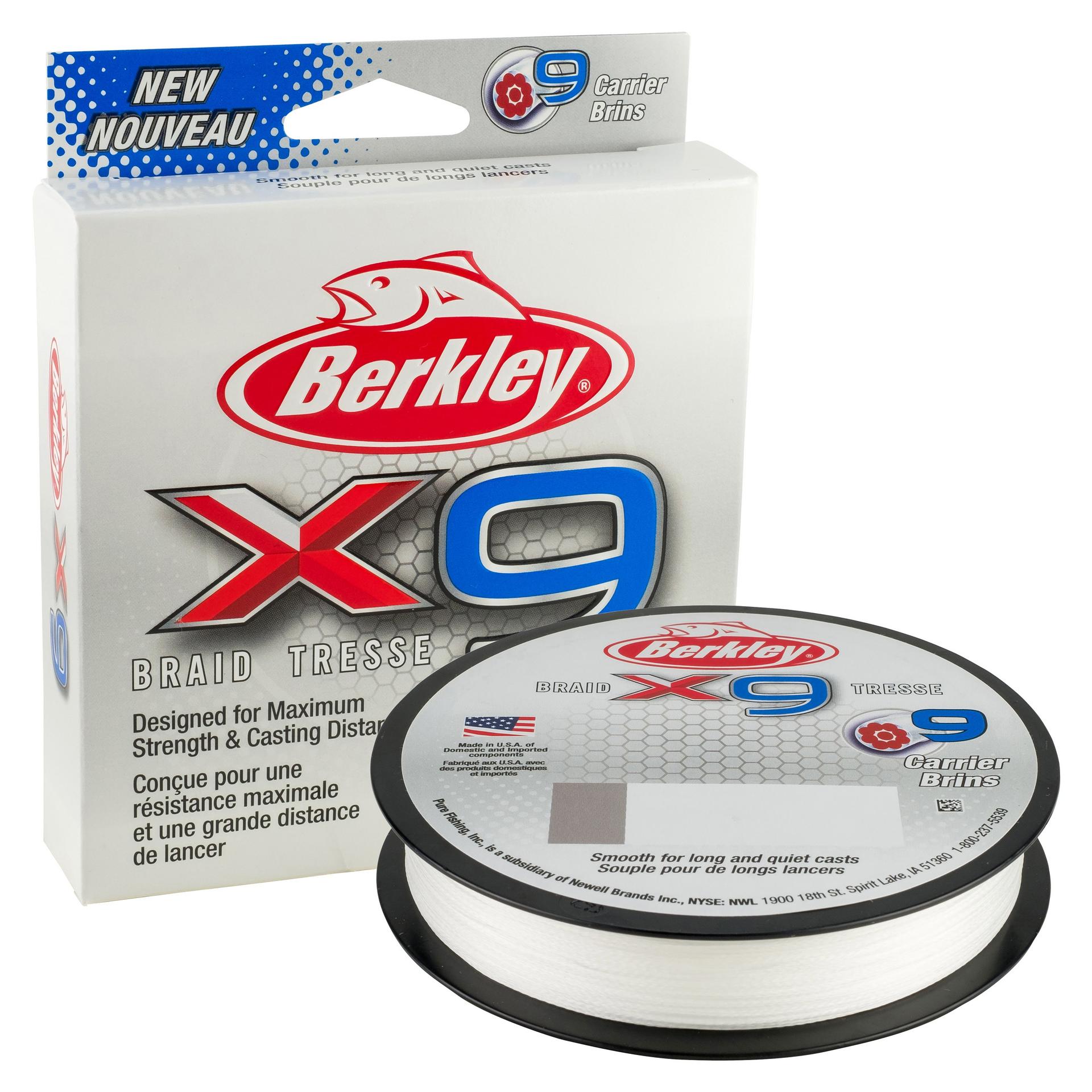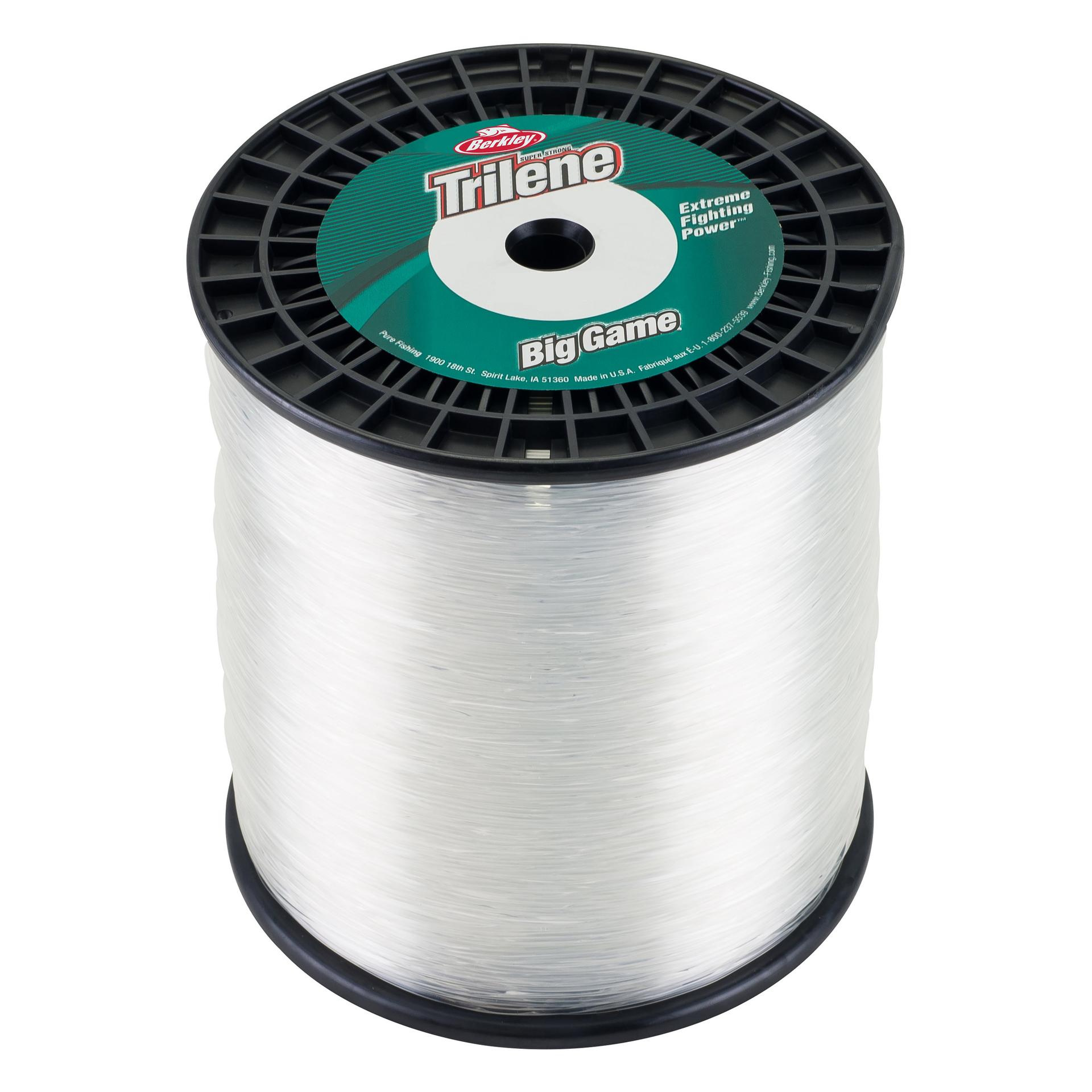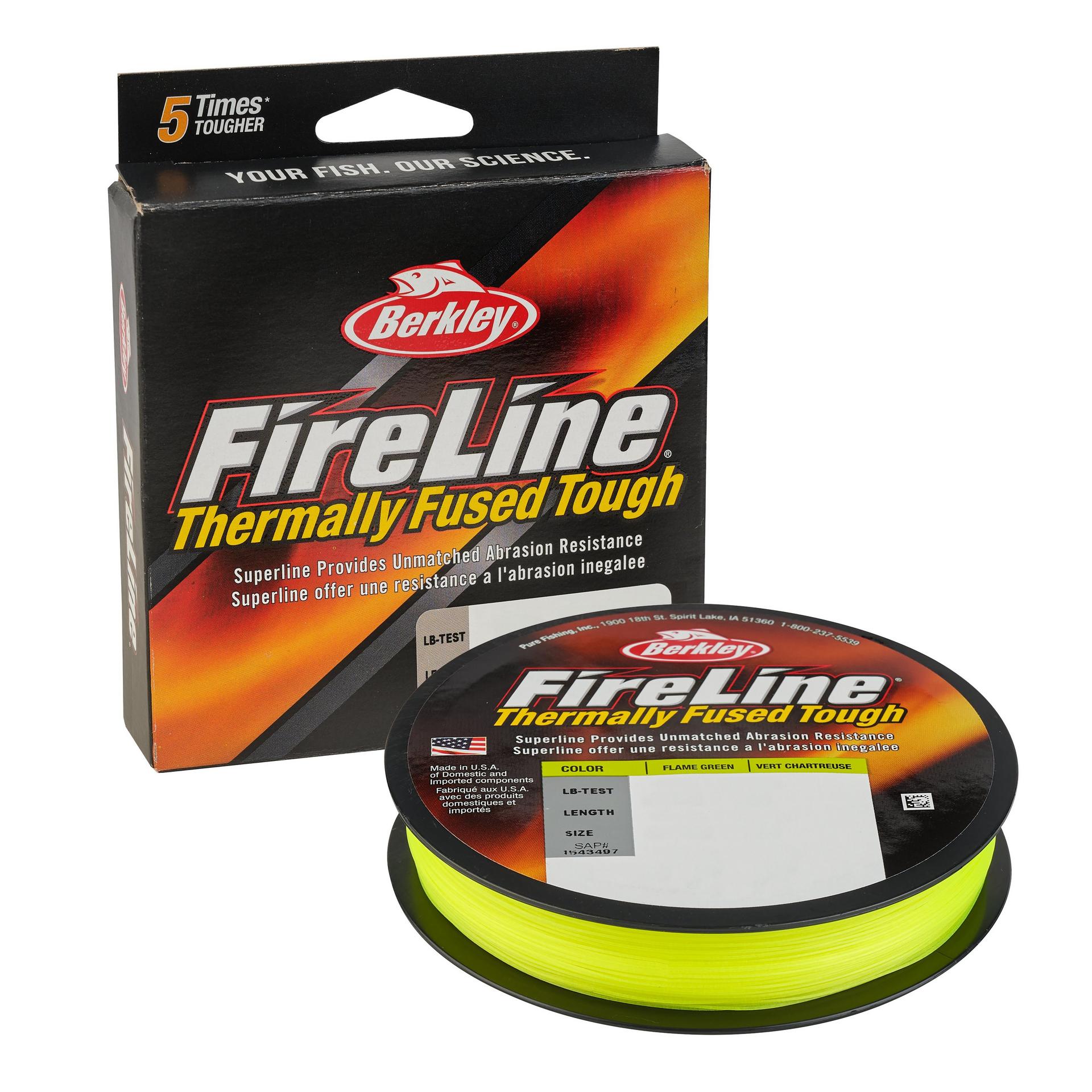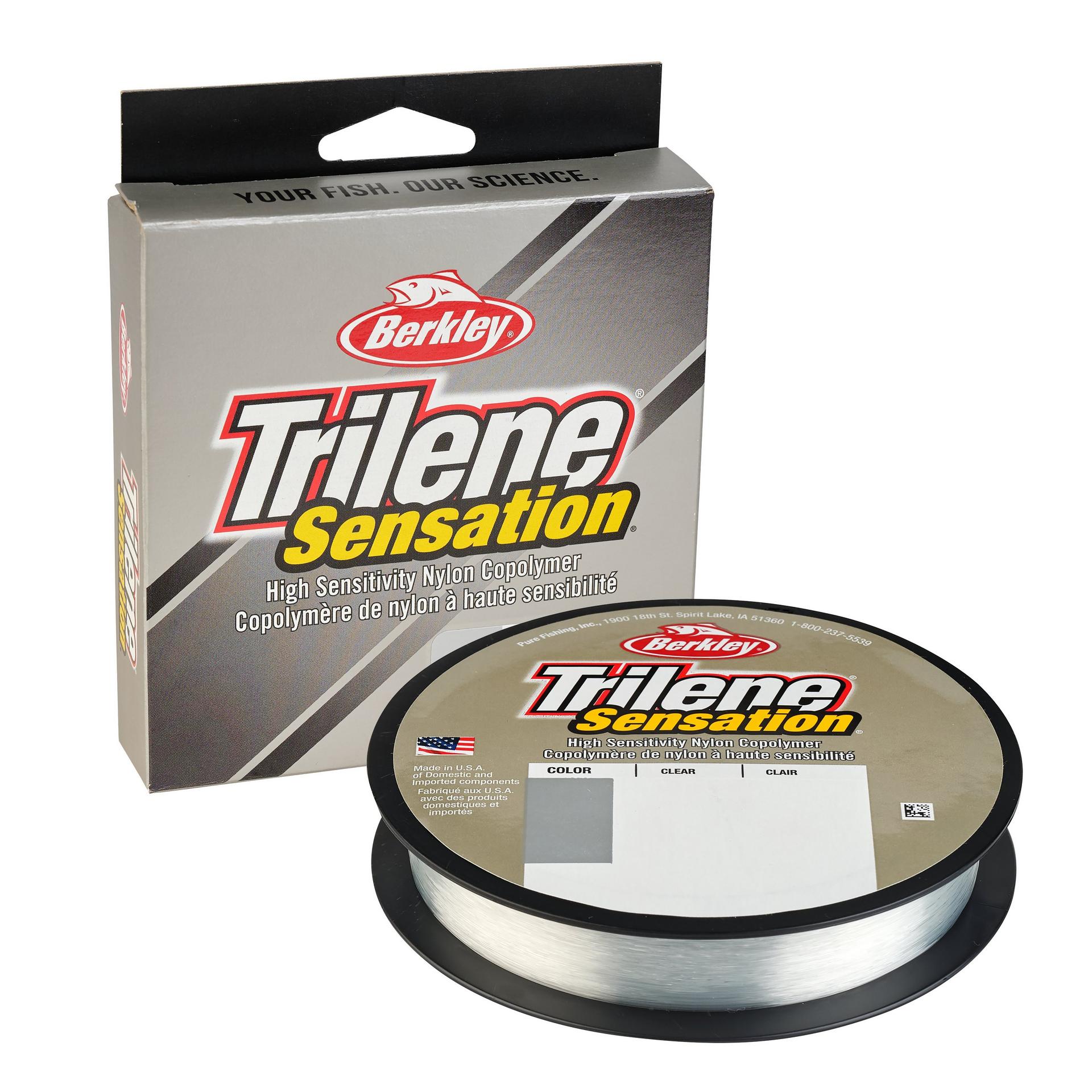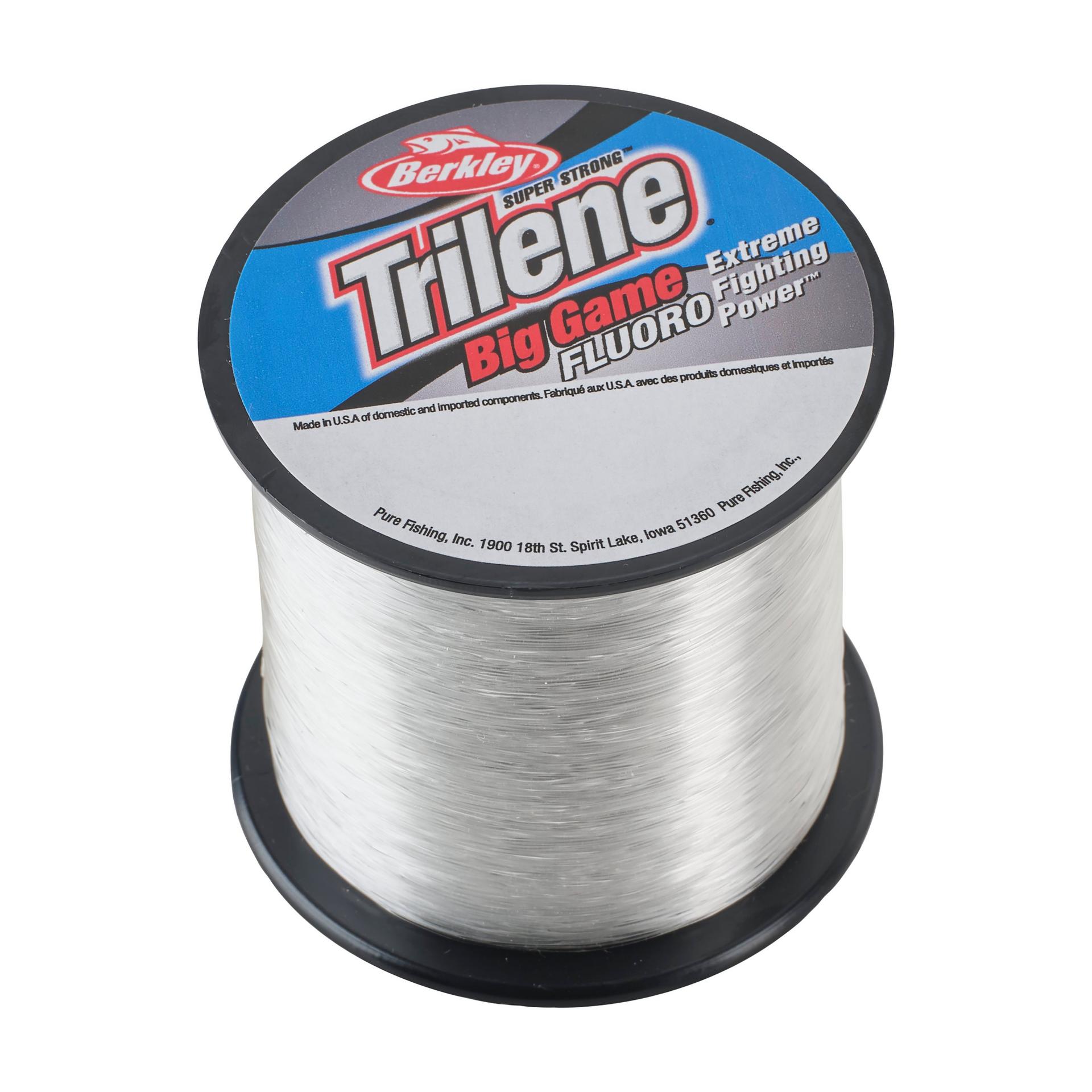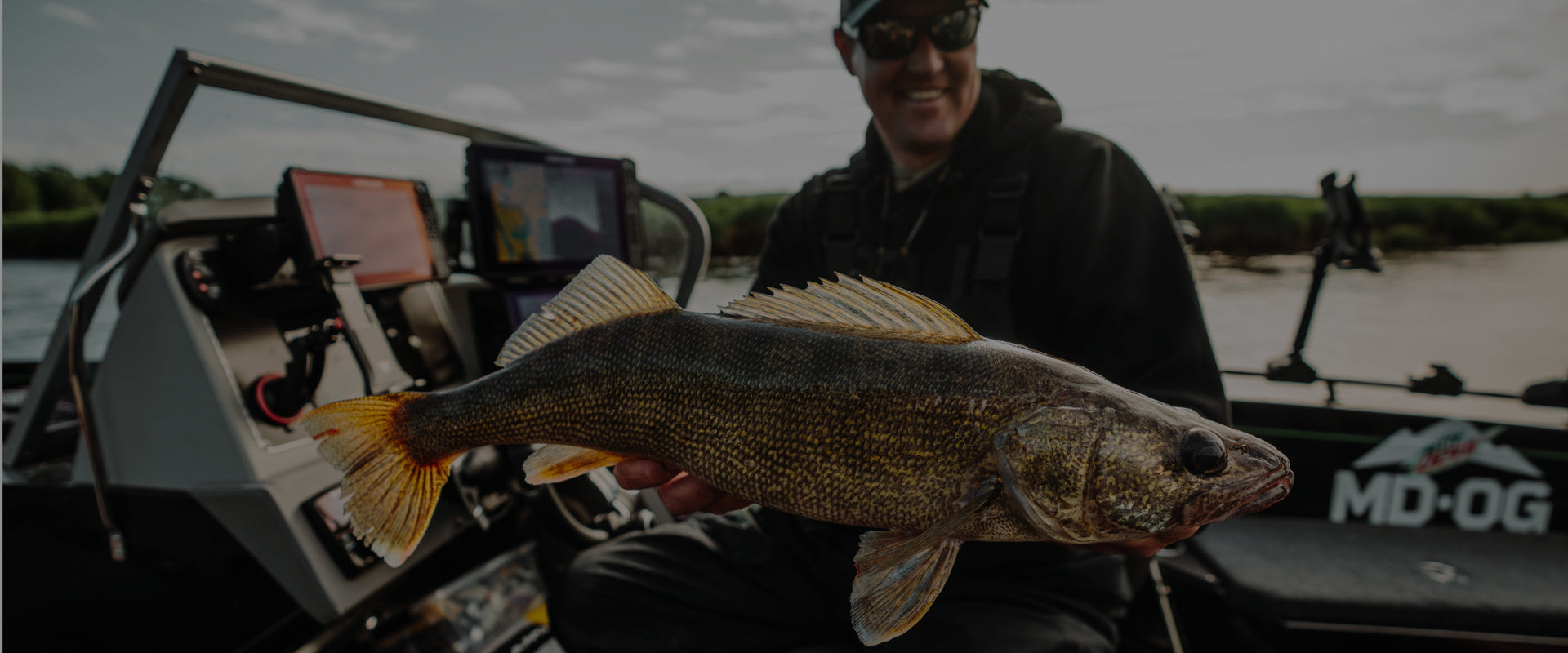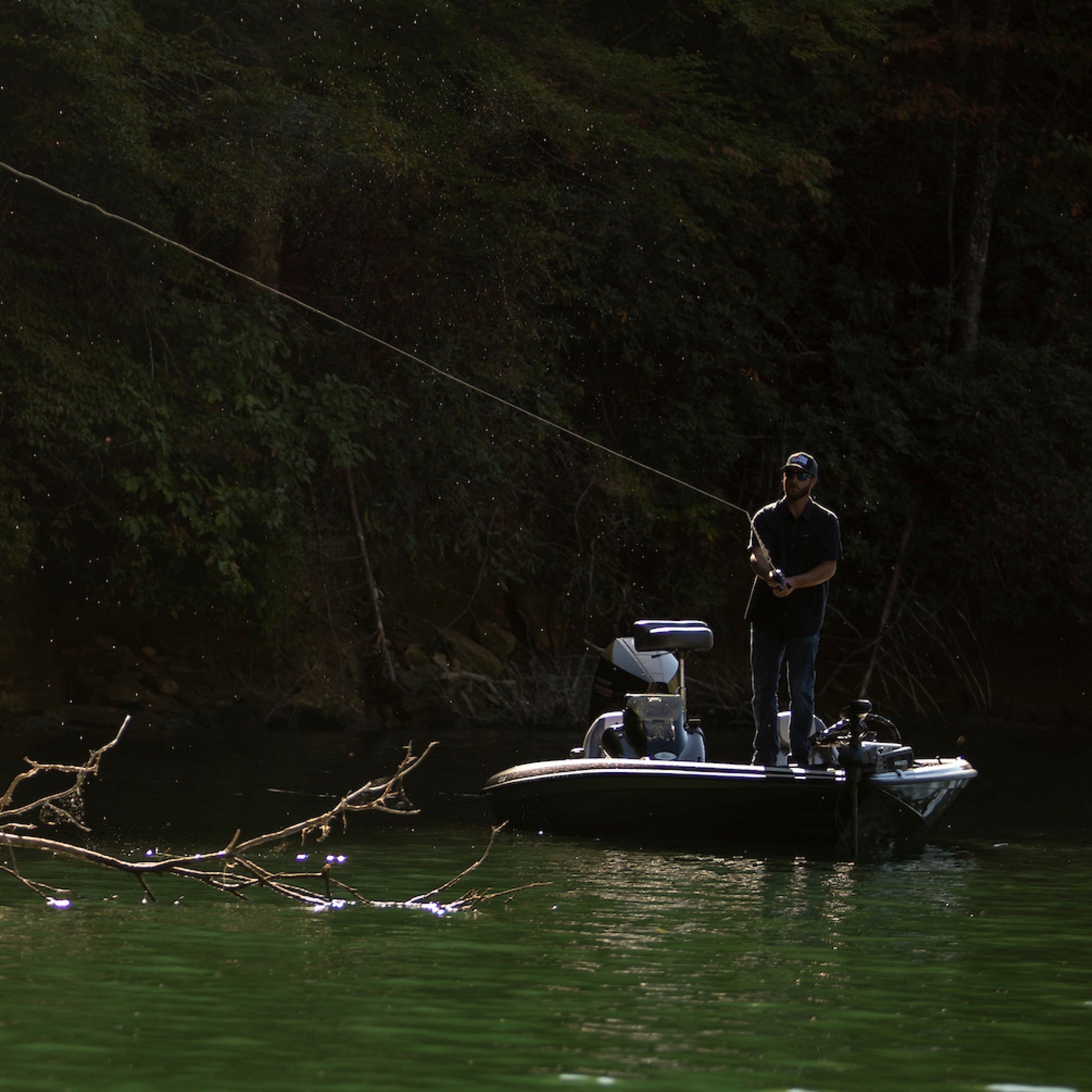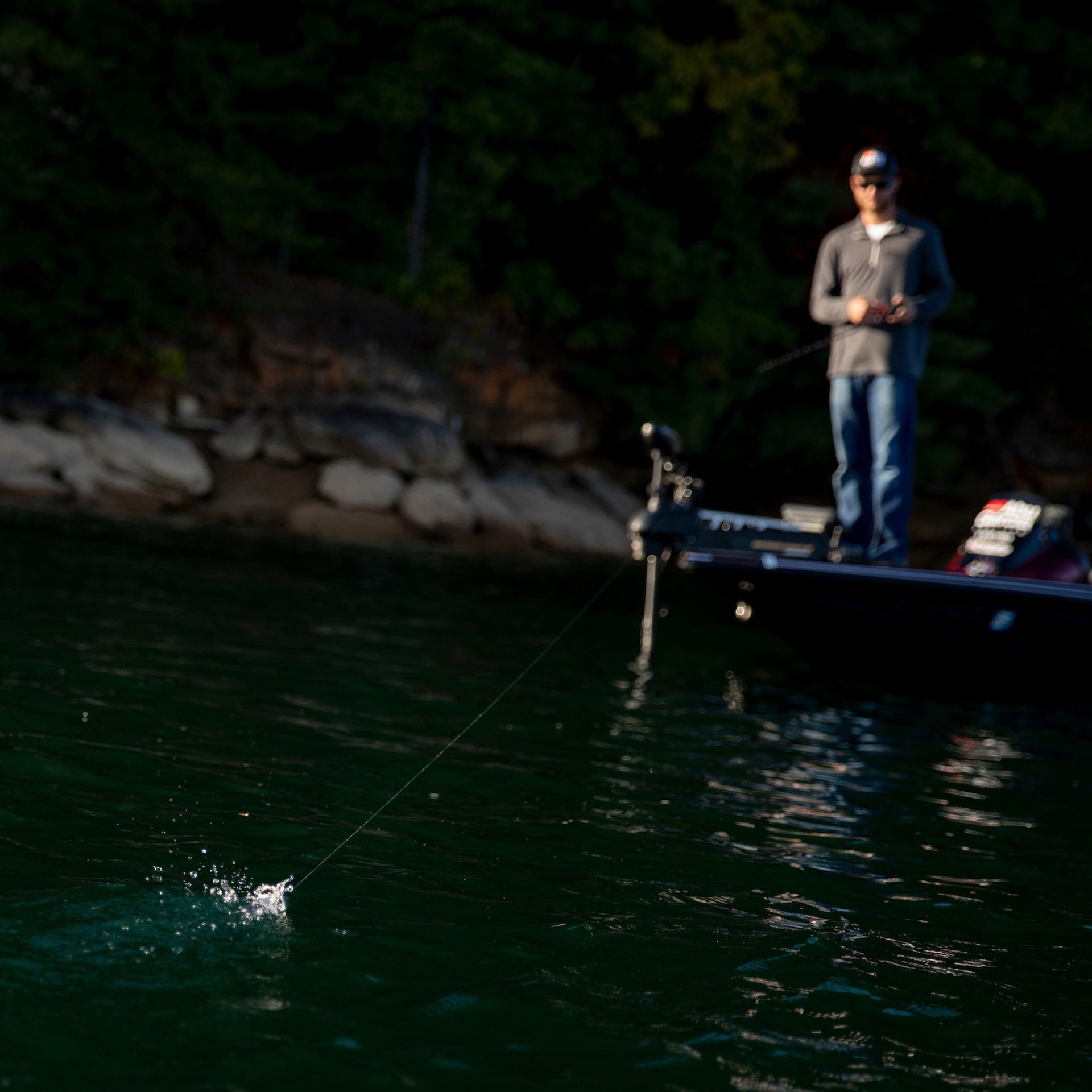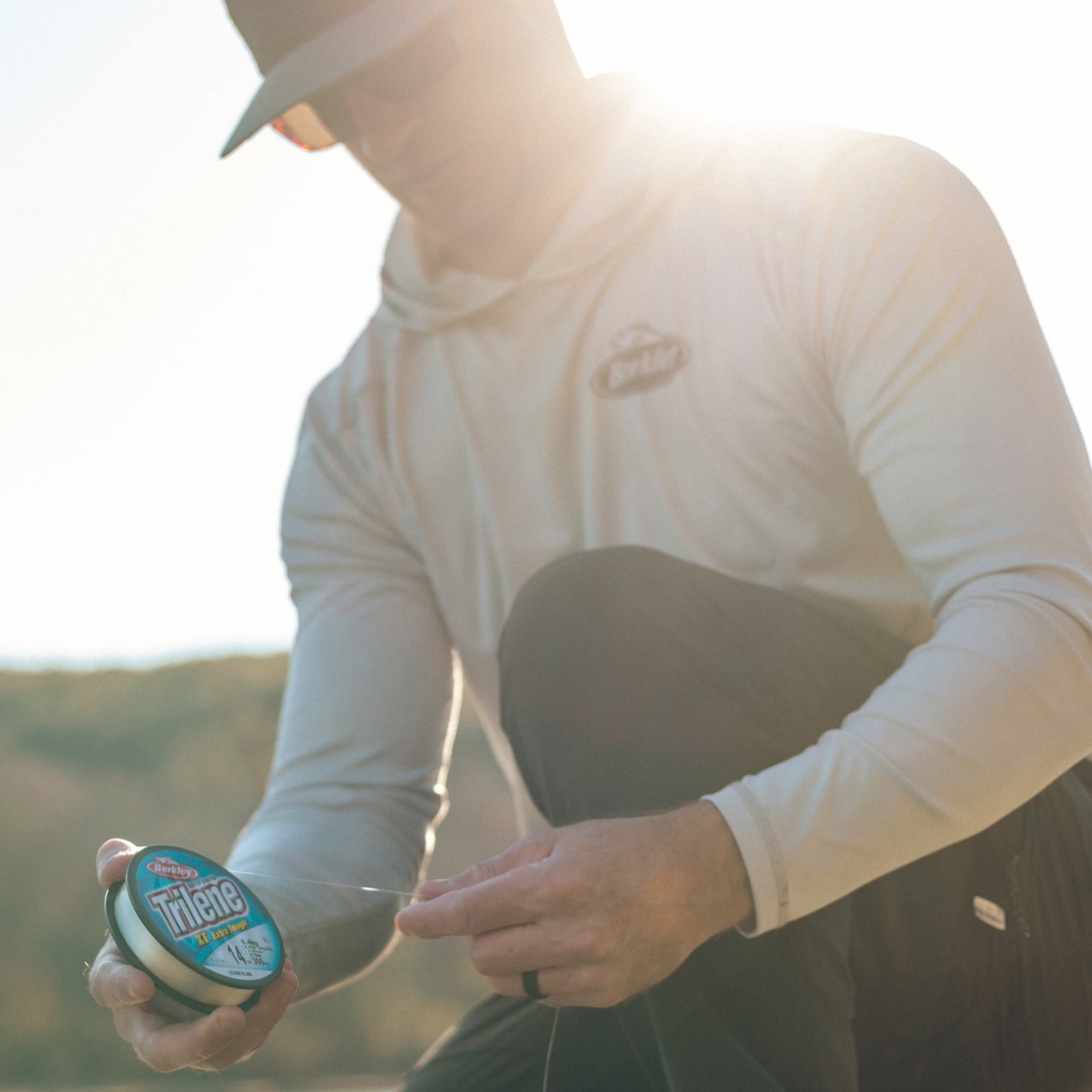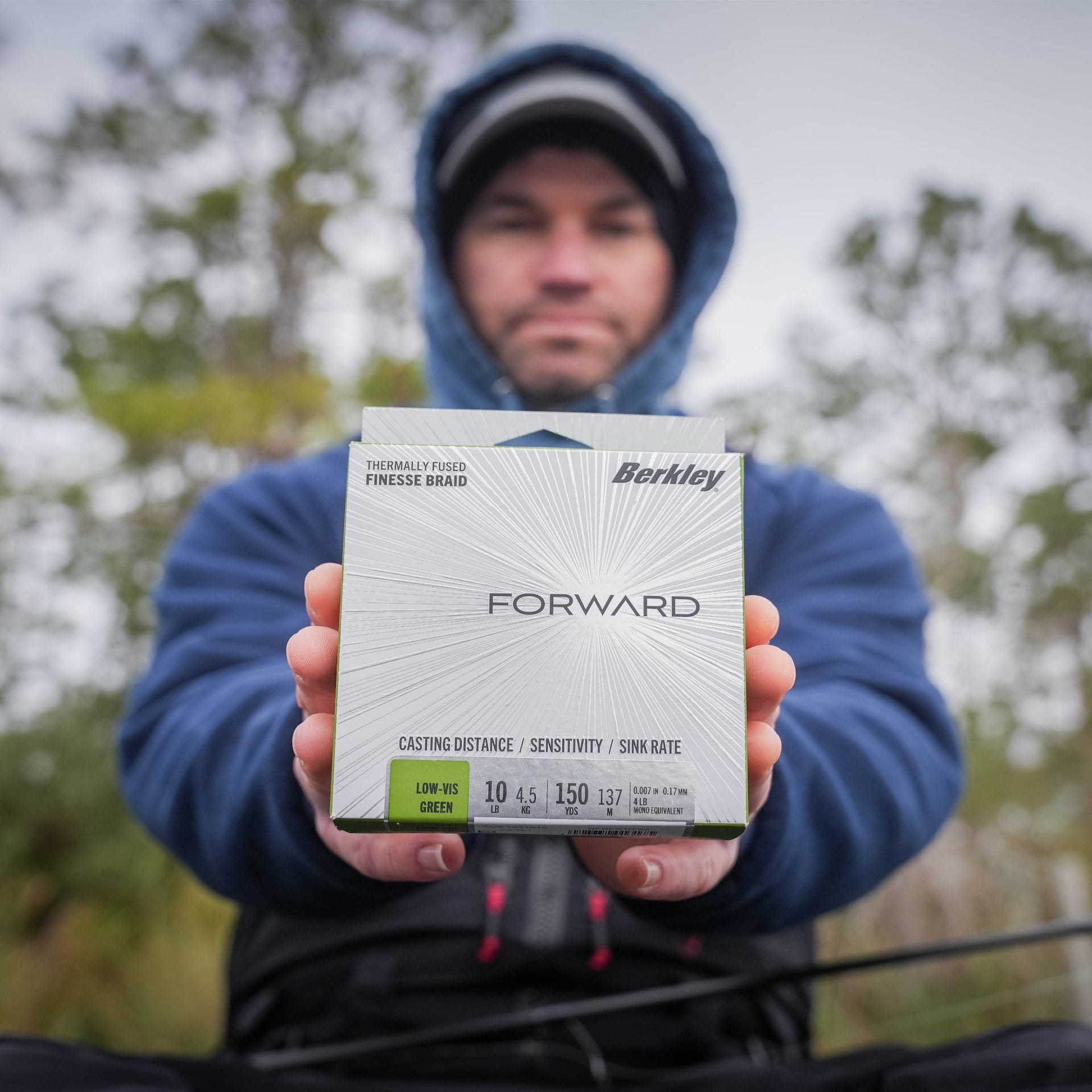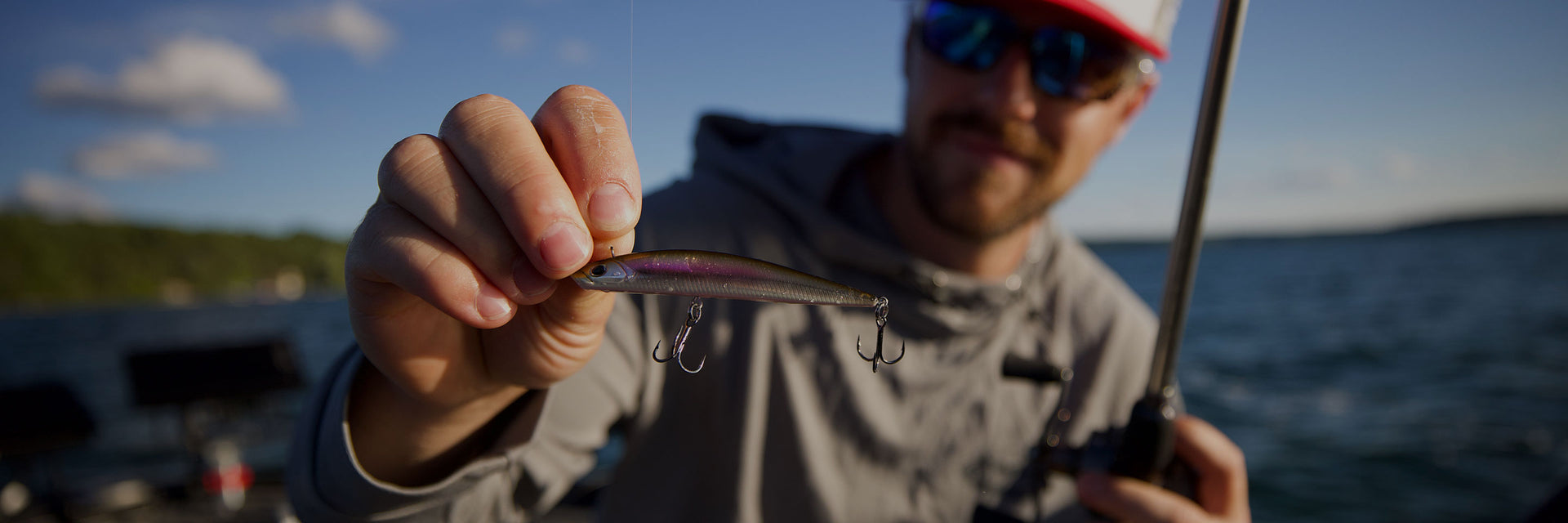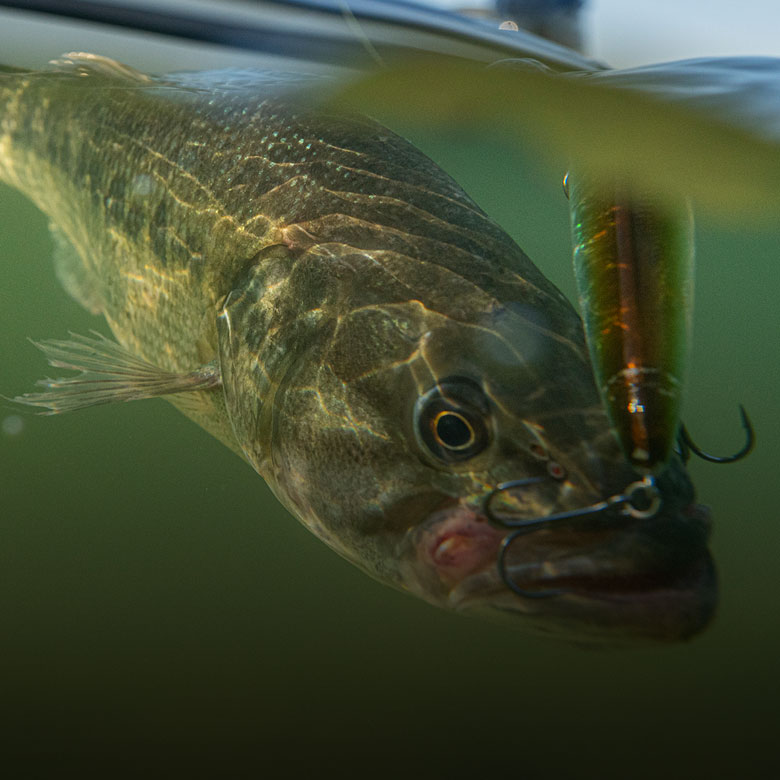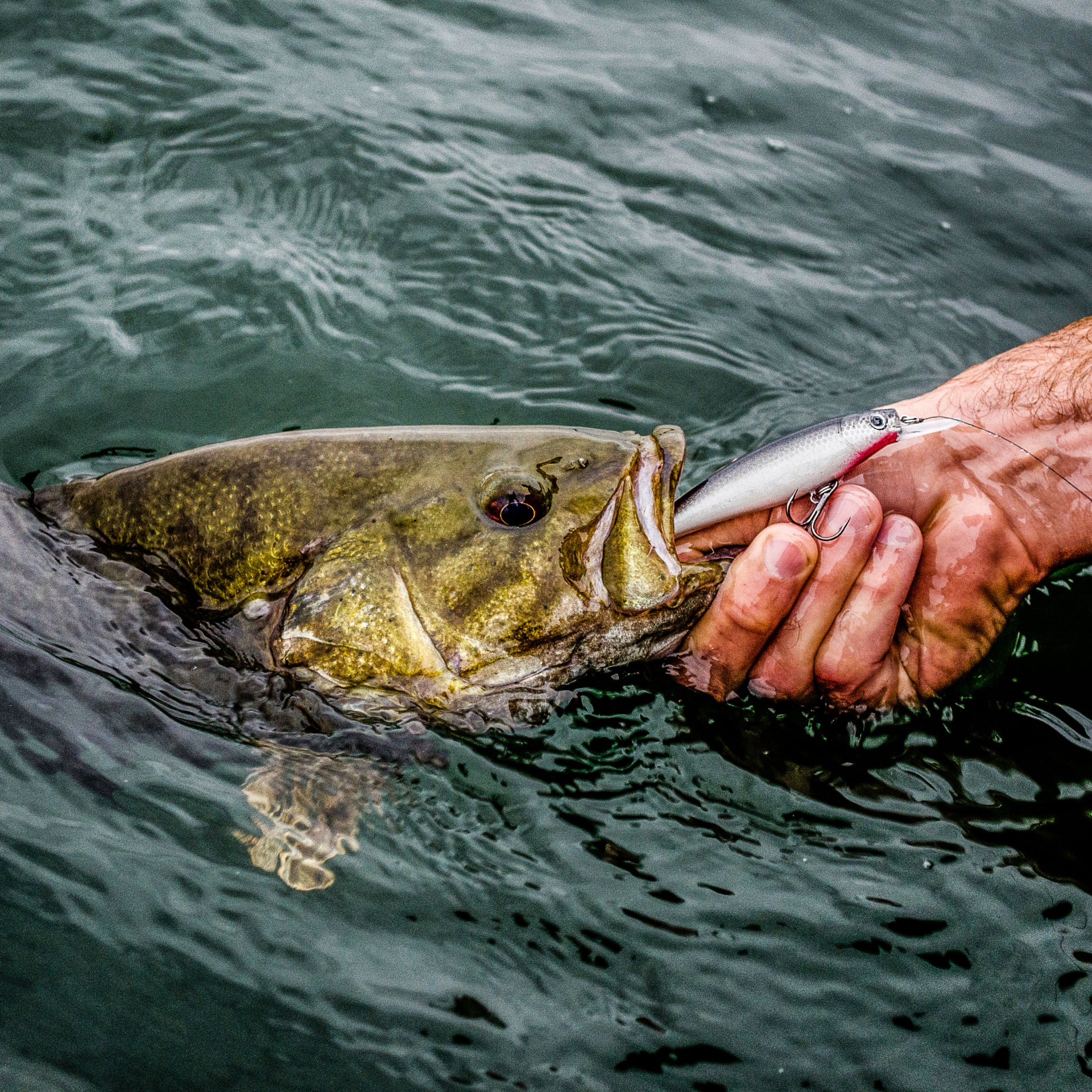Not exactly sure what properties would be best for your specific fishing adventure? Well, the short answer is that your needs constantly change depending on the water you’re fishing, species you’re targeting, and the season you’re in. After many attempts at trying to put together an all-inclusive, easy to navigate line decision tree for you, we were constantly reminded of the classic adage by Lao Tsu - “give a man a fish and you feed him for a day; teach a man to fish and you feed him for a lifetime.”
With that in mind, let us take a stab at teaching you rather than telling you! Deciding on your line test is really a function of environment and optimization. In a vacuum, you can fish any test lb for any species at any time, but that’s just not practical. Fishing a 2lb test monofilament line for a largemouth bass may get you bit but hauling them in may be a totally different story, making it way less practical especially when the fish take off into the timber or heavy vegetation. In this scenario, there is very little chance that fish will be landed.
It doesn’t always have to be that complicated though – for the most part, smaller tests (2-4lb) are perfect for smaller fish (panfish, crappie, etc.) and bigger tests (40 lb –65 lb) are perfect for bigger fish (musky, carp, catfish, etc.).
Remember, you aren’t just fishing the line, you are fishing the system meaning the rod, reel, line, bait, and hook all have their part. Anglers of all species have optimized their systems and certain line types and sizes are now the “norm” for specific techniques.
Let’s use 50 lb braid as an example as it is the #1 line used to fish floating frogs. This lure floats which disqualifies fluorocarbon line and preferably you’d want zero stretch which disqualifies monofilament. Again, you can use any of these lines in theory, but your fishing experience will be the most successful with the strength of braid.
The idea here is that there are a lot of factors but the more you understand your system and personal set-up, the easier a line decision becomes (although it might take some trial and error and that is totally okay)!



